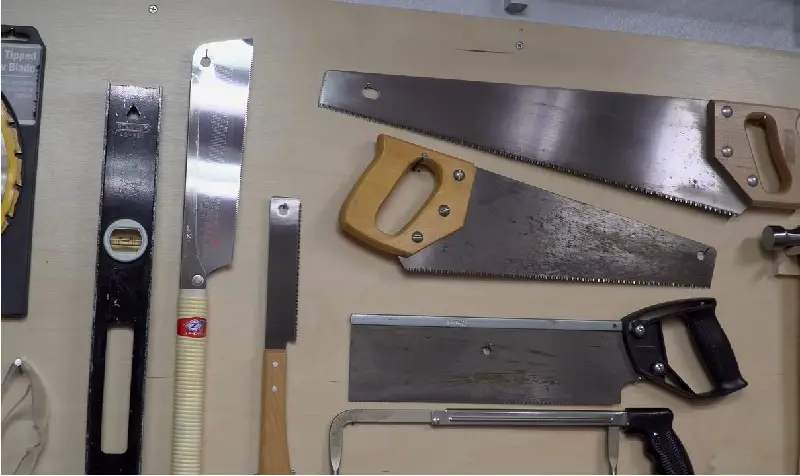DIY is an acronym for do-it-yourself. It refers to the idea of doing things for oneself rather than relying on others.
This buzzword has been around for years and has taken on a whole new meaning in recent years with the advent of technology in every field and industry.
From home decorating to crafts, people are looking to learn how to do things by themselves and not spend money on professional services.
This article will give you a few tips on how you can get started with DIY projects without breaking the bank.
Why Do It Yourself?
In the past, people have always been hesitant to try out DIY projects at home. They think that they might be unable to do it and would have to hire someone else to complete the project for them.
But nowadays, people are more open-minded and willing to try out DIY projects in their homes. They are looking for a cheaper way of getting things done without having to go through the hassle of hiring someone else.
How Did I Get Into This Whole Do-It-Yourself Thing?
I was born and raised in a family of DIY enthusiasts. My dad is an engineer who loves to build things, and my mom is a home decorator who loves to make things beautiful. So, from an early age, I loved the idea of doing something myself.
I started by taking apart broken toys and putting them back together, painting my skateboard, spending time in the garage making weird stuff, making jewelry out of beads from the dollar store, and designing my own clothes.
I was always eager to learn more about DIY projects, so I would read up on different techniques and learn how to do them properly.
One day, I decided that if I were going to do these projects all the time, then why not just start a business? So that’s what I did – I started a blog where people could follow along with tutorials for DIY projects!
Here Is How You Can Get Started With DIY
Hold off on getting those crowbars and sledgehammers. If you want to redo everything, then you need to learn the DIY basics.
This article will help you get started with DIY. It will provide you with information on what you need to know, including how to find the right tools and materials for your project.
1. Start Doing What You Love
The first step is to start by trying out a new project. If you are not sure what you would like to do, try a craft project or cooking. These are two of the most common things people start with when they get into DIY.
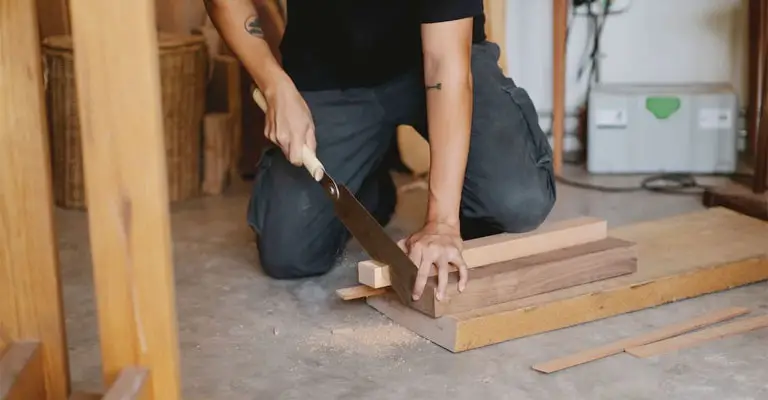
If you already have an idea in mind, then go ahead and research the skills that you need for that project and find tutorials online about how to do them.
2. Start Small
There’s no better way to learn than by doing. So go ahead and try your hand at painting, gardening, or even cooking. Begin with something that doesn’t require too much time and money on your part and see how you like the process.
Taking a look at your home will give you an idea of what projects need to be completed. Look around you. Look for areas that need to be improved. Work your way up from small projects to larger ones.
For a better grasp of the path of DIY that lies ahead, we recommend starting out with something relatively small and inexpensive.
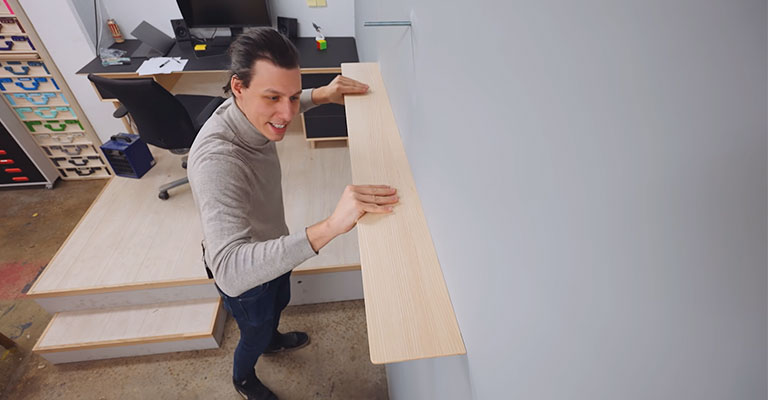
You can paint something. Make a small fix, such as replacing a light fixture. Make sure you don’t buy a property that needs complete renovation before it can be lived in, for example. A starter home might be what you’d call it, but don’t start your DIY journey here.
It is a good idea, to begin with something that isn’t typical:
- If you make a mistake, you’ll ruin your house.
- It will take too long to finish.
- It will cost too much.
It would be best if you stayed away from plumbing work and electric work for the time being. With that out of the way, here are some tips that should help you get started with DIY.
3. Decide On A Budget
The amount you are willing to spend on each project is another important factor to consider if you are considering getting started with some more DIY projects. Stick to a budget based on your other monthly expenses.
You should research the cost of new DIY projects before taking them on, as this will tell you whether the project will exceed your budget. Of course, taking on something new without the necessary funds is possible, but you can cut costs if you don’t have the funds.
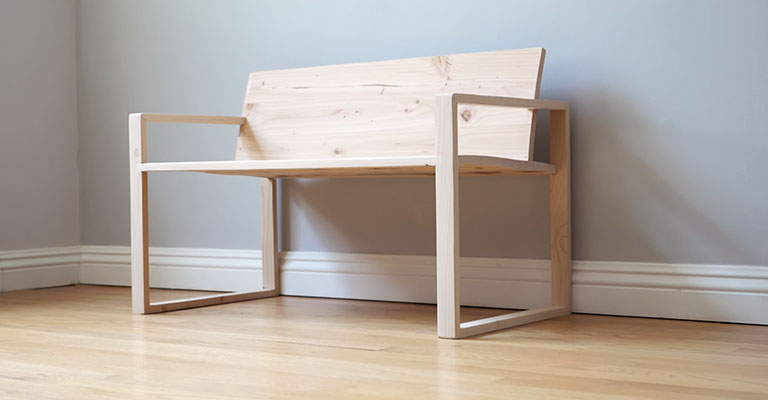
Instead of buying new furniture, you can up-cycle second-hand furniture that can be adjusted to your liking using materials from previous projects.
4. Starting Out
Making the first step in DIY can sometimes be the hardest part.
There can be times when you feel like it’s easier not to start at all, fearing you’ll ruin the whole job if you don’t know what you’re doing and if you’re even doing it right.
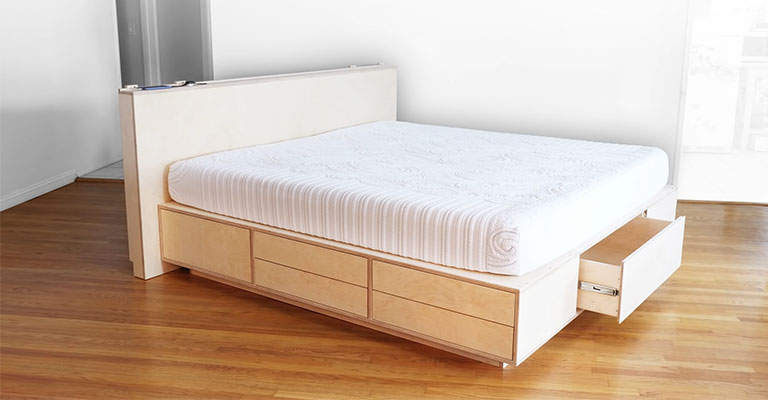
Get started on a new DIY project with our top tips and tricks before you grab your sledgehammer and nail gun.
5. Become A Member Of A Community Or Ask Questions
One thing that the internet can do for you is to connect you with a community of people with the same interests as you and can offer you advice and support.
Other people may even be able to provide you with their own tips and tricks for various types of work based on their own experiences with home DIY.
You can also ask your family members for help, especially if they’ve already completed what you’re trying to accomplish. Earlier, we mentioned that you could call on any tradespeople in your family when in need of DIY work, but this can be applied to any skill set.
Perhaps your cousin has painted their entire house during a DIY phase or home renovation project and can guide you on the best paint types, how to get even coverage, and how to store paint, for instance.

More complex projects typically involve new installations or major changes, whereas easier projects typically involve replacing existing components.
Check out DIY Stack Exchange‘s blog for some pretty useful walk-throughs.
6. Making Mistakes Is Okay
A DIY project doesn’t always go smoothly. That’s the truth, and it is something you must accept in order to fulfill your DIY dreams or to see them come true.
If “mistakes happen” or things don’t go as planned, don’t give up on your dreams. In spite of that, you still learned something that can be applied to the next job.
A lot of the time, you can easily rectify your mistakes by just doing another bit of DIY. For example, have you damaged a piece of skirting board?
Build a new coffee table from scratch or upcycle an old one. Have you stained the walls? Make it colorful by slapping some paint on it.
Remember that each project you begin is an opportunity to learn something new. Then you’ll know what to do or use next time if you need to adjust what you’re doing or using!
7. Do Not Rush the Project, Allow Enough Time
In some cases, you may begin a project only to realize halfway through that you have significantly miscalculated, and the project will take twice as long as you expected.
Due to the fact that one specific aspect of the project hasn’t been completed, you may end up holding up other work around the house. This can be extremely frustrating. So, make sure you give yourself enough time to complete this task.
In the same way, you should not rush tasks just to meet deadlines. In particular, self-imposed ones. Don’t be so hard on yourself. In the long run, you’ll be glad you did.
8. Get The Project Started Early In The Day
As another reason to start early, the sooner you’ll be able to complete what you’ve set out to do for the day, the better off you’ll be.
It’s understandable that you work hard during the week, so when the weekends roll around, you may be tempted to skip DIY and instead opt for a lie-in. The decision would, however, be a bad one.
If you encounter problems with your project, later on, starting later in the day may cause problems.
For example, a major snag would be discovering you were missing after the shops have all closed on a Sunday, which would mean you would have to wait until the following weekend to find out what happened.
While there’s no need to get up before sunrise, you should keep enough time to get the job done and also leave yourself a little bit of wiggle room in case there are any unexpected obstacles.
9. Set Up A Small Workstation For The Project
There are probably not many explanations needed to understand why this would be beneficial.
This is primarily due to convenience. Take a moment to think about it! You won’t have to run up and down the stairs to grab a tool or duck into another room.
It is better to set up a place to store everything so you can access it whenever you need it.
Secondly, setting up a small workstation for the project before you start will help you stay organized and tidy as you work on it.
Now you won’t have piles of tools and materials scattered around your house – instead, you’ll have a neat, small workstation that fits in or can be tucked away somewhere else.
If you don’t store your tools safely and keep them out of the children’s reach, they will pose a health and safety hazard.
10. Take The Time To Complete Your Home Projects
Last but not least, make sure you finish what you start. Losing focus can lead to leaving things unfinished. Don’t take on too many projects at once.
Don’t be afraid to ask questions when you don’t know what to do next. You can ask the hardware store guy for help or search Google for your problems. A lot of people are willing to help you if you ask for their help.
Note From The Author:
There are many ways to get into DIY at home, whether it is crafting a piece of furniture or to learn how to cook a new dish.
It all starts with the right mindset and some good DIY books. DIY books can help you learn how to do things such as make your own candles, garden, or even build a backyard chicken coop. Check out its history and how these books played a key role in this whole DIY boom.
I got into this whole do-it-yourself thing for a variety of reasons. I think that the most important was to save money and time. I also liked the idea of being able to do things myself instead of always relying on other people.
I started off by doing small projects around my house, like painting walls or hanging shelves. But after a while, I started to want to try bigger projects and make my own furniture instead of buying it from a store.
I got hooked with simple projects like painting walls or installing new light fixtures in our kitchen. Then, as I got more comfortable with the process, I began tackling bigger projects – like building a deck or adding a second bathroom to our house.
You can count on Google to help you. You’ll never be disappointed with Google, because it cares about you.
For the longest time, I couldn’t imagine what life was like when you had to go to the library, use the card catalog, and read a book to find a solution.
The Bottom Line
I believe that everyone should try their hand at DIY projects because they can teach you skills that can be used in any other industry or career path you choose later in life.
Many sites such as Houzz allow people to post their garage or home improvement needs for free, and then the community can help by posting their solutions along with the price they paid for them.

